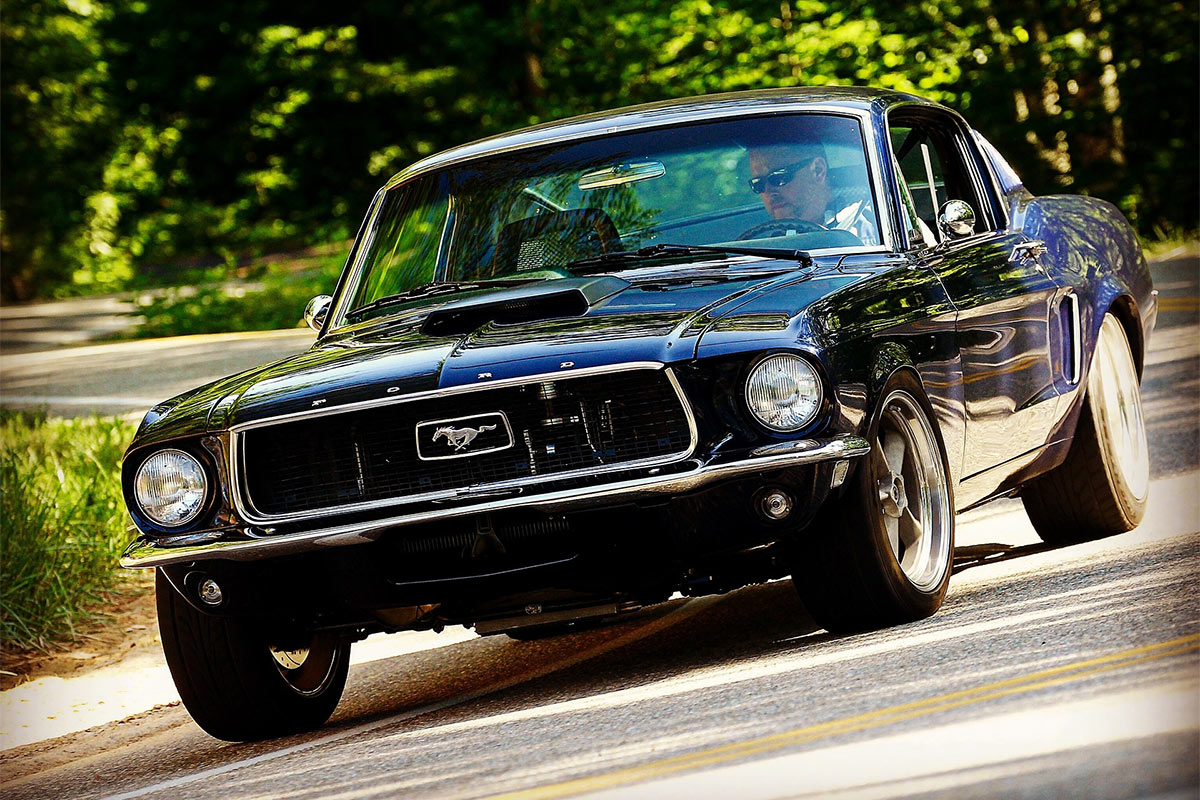Technology within the Automotive world is rapidly evolving. In the recent years, we’ve been introduced by new driverless innovations, self-parking vehicles, built-in navigation systems and even luxury heated seats. For some folk, the cars of today cannot beat older vehicles as they’re designed completely different, their lines and curves are unlike today’s motors. Handling the vehicle is on a different level for drivers too, as they require more manual work which is why they’re chosen for their journeys. Join us as we take a closer look at classic cars from around the world…
Fiat 500
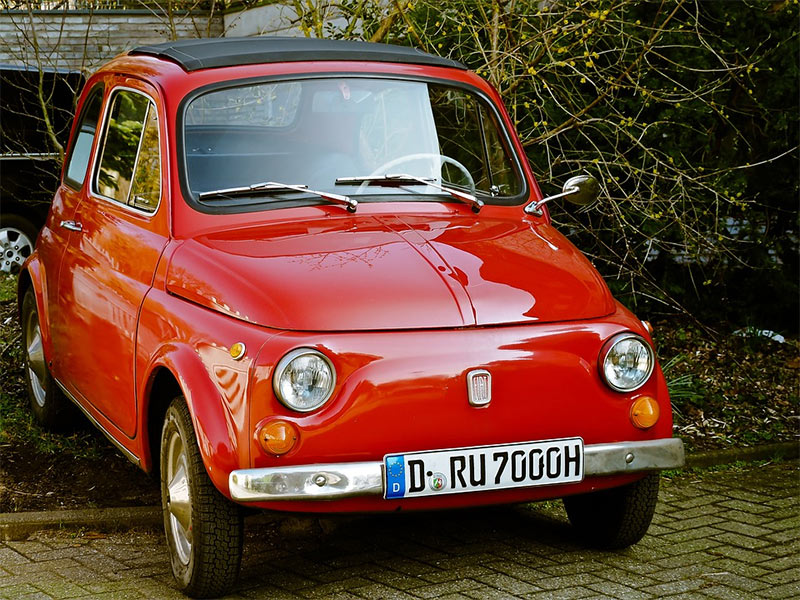
The Fiat 500 is symbolic to Italy, like the Vespa and tourists from around world hire the 2007 version of the vehicle to explore the country in style. Fiat has produced many products that weren’t related to the automobile industry, such as aircraft engines and military equipment during World War II. Their first car rolled off the production line in 1900 and, in the same year, their manufacturing plant was established which lead to the production of 24 cars per year.
The car was originally designed to be small and affordable, the brand had then gone on to produce other successful vehicles such as the elegant 525, the economical 514 and the SuperFiat. The original Fiat 500, commonly known as Topolino, was launched in 1937. It stood out from competitors with a lowered aerodynamic nose profile whilst others had a flatter grille. Fiat went on to produce two further models of the 500, one in 1957 and the other in 2007.
The Topolino was just over 4ft tall and weight over half-a-ton, making it lightweight and compact compared to other automobiles on the market.
Today’s cost: £4,000 – £50,000 depending on model, age and condition.
Mini
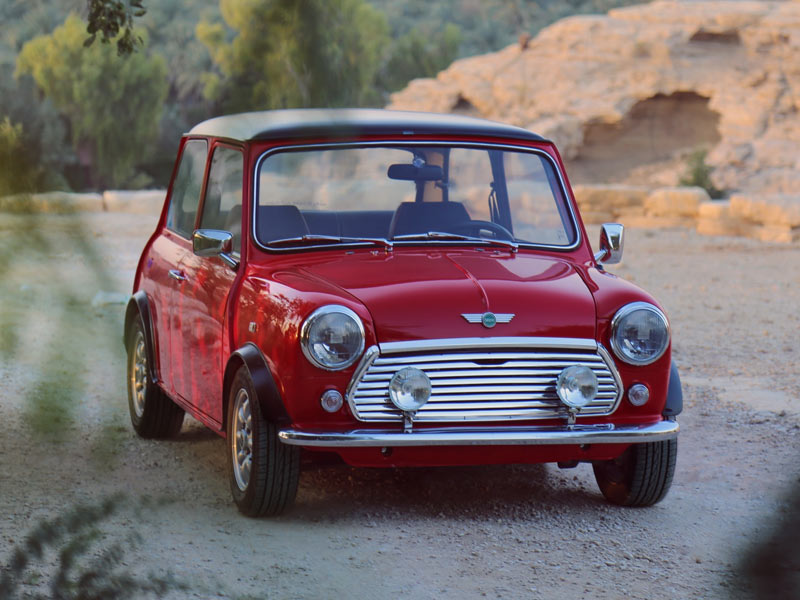
Like Buckingham Palace and Big Ben, the Mini is Iconic to Britain. Just like a storyline from a movie, the design of the car was penned out on a napkin in a restaurant by Alec Issigonis in 1956. By 1959, the car had been launched, named the Morris Mini Minor at the time (known as simply the Mini ten years later) and it went on to become the best-selling British car in history.
The aim of the automotive was to provide passengers with plenty of legroom whilst remaining under 10ft long. In fact, 80% of the car was devoted to passenger and luggage space. Since the boot was smaller, Mini came up with a solution to maximise on space. The company offered the extra option of picnic wicker baskets which fit perfectly underneath the rear passenger seats and were ideal for transporting belongings from A to B.
The Manufacturer had to use innovation to be to fit the compact engine. They did this, by placing the car on its side and slid the engine into the smaller space, which the process is still being used today for making smaller vehicles. Wheels on other cars at the time were generally around 15 and 16 inches, those on the Mini however were a tiny 10-inches to maximise interior space.
Today’s cost: £5,000 – £50,000 depending on the model, age and condition.
Volkswagen Beetle
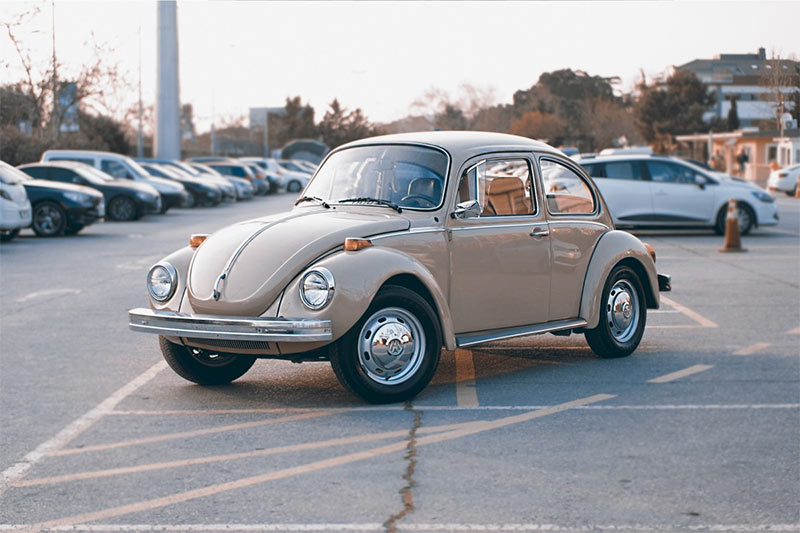
Nobody knows entirely why the Beetle got its name. The first time the reference was used in print was in a 1958 edition of Autosport magazine and the use of the term continued to grow. Built either side of World War II, it took a while for the Beetle to gain popularity. Just as the first few cars were manufactured in 1938, the war begun and the factory was used for war efforts instead. It wasn’t until 1947 when people finally got behind the wheel of the automobile.
Built with strength in mind more than aesthetics, though the Iconic profile of the Beetle is what makes it sought after today. One of the features that many collectors love is the original split-rear window design that got replaced by a single oval window in 1952. Unlike smaller vehicles that were around at the same time, the Beetle accommodated for four adult passengers with plenty of storage beneath the seats and in the boot.
Beetle collectors receive cars of different power, depending on when the car was manufactured. Originally made with 24 horsepower, the model underwent many engine enhancements which left the car with a horsepower of 57 by 1970.
Today’s Cost: £1,000 – £40,000 depending on model, age and condition.
The Ford Mustang
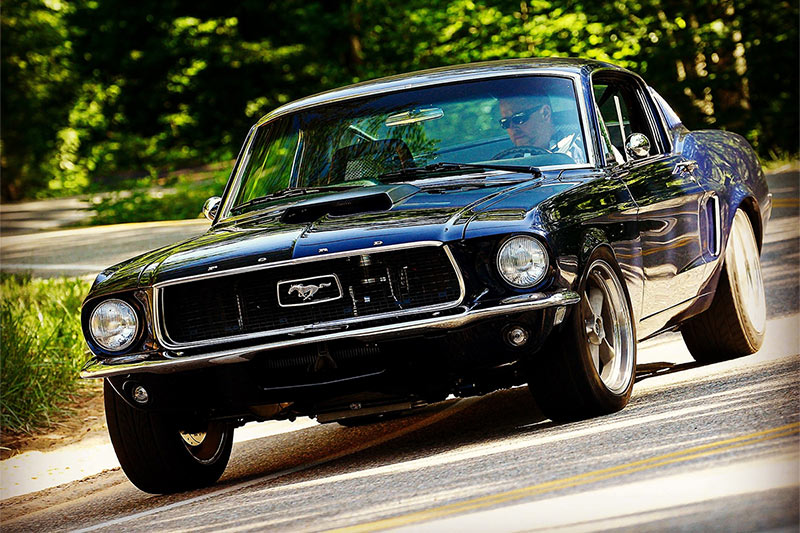
It was in 1964, that the first Mustang was manufactured, and the sixth generation of the car can be still found in dealerships today. The ‘Stang started the ‘pony car’ craze in America — a collection of vehicles which were affordable, sporty and had a performance-oriented image. This class of cars were aimed towards a younger market than the traditional car buyer and they proved popular. In fact, 22,000 sales of the model were made on its release date.
The Manufacturers wanted the car to be like no other car. This was achieved through its sporty coupe silhouette and short rear decks. The generations that came after the ’64 version seemed to become wider and longer in size, yet still remaining as popular.
The models between 1964 and 1972 are believed to be classic Mustang model. This encompassed vintage models such as the Shelby Mustang Lineup, Boss Mustangs and the Cobra Jet.
Today’s Cost: £6,500 – £70,000 depending on model, age and condition.
Vintage car collectors today, tend to take pride in restoring the cars, they often strip the entire vehicle apart and put it back together using revamped parts. The prices of each model range massively due to the quality of the vehicle, the mileage and the model — which one takes your fancy?
This article was brought you by stairlift manufacturer, Acorn Stairlifts.
You are reading The World’s Classic Cars
